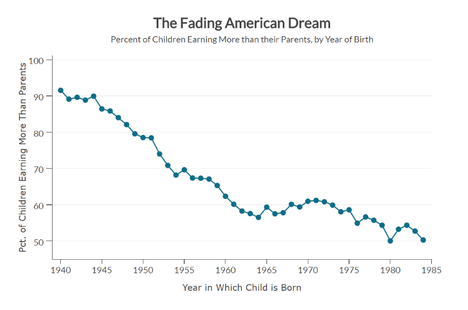(p. A3) Americans are losing faith in the value of a college degree, with majorities of young adults, men and rural residents saying college isn’t worth the cost, a new Wall Street Journal/NBC News survey shows.
The findings reflect an increase in public skepticism of higher education from just four years ago and highlight a growing divide in opinion falling along gender, educational, regional and partisan lines.
. . .
Overall, a slim plurality of Americans, 49%, believes earning a four-year degree will lead to a good job and higher lifetime earnings, compared with 47% who don’t, according to the poll of 1,200 people taken Aug. 5-9. That two-point margin narrowed from 13 points when the same question was asked four years earlier.
Big shifts occurred within several groups. While women by a large margin still have faith in a four-year degree, opinion among men swung significantly. Four years ago, men by a 12-point margin saw college as worth the cost. Now, they say it is not worth it, by a 10-point margin.
Likewise, among Americans 18 to 34 years old, skeptics outnumber believers 57% to 39%, almost a mirror image from four years earlier.
Today, Democrats, urban residents and Americans who consider themselves middle- and upper-class generally believe college is worth it; Republicans, rural residents and people who identify themselves as poor or working-class Americans don’t.
For the full story, see:
Josh Mitchell and Douglas Belkin. “Fewer Americans Value a College Degree, Poll Finds.” The Wall Street Journal (Fri., SEPT. 8, 2017): A3.
(Note: ellipsis added.)
(Note: the online version of the story has the date SEPT. 7, 2017, and has the title “Americans Losing Faith in College Degrees, Poll Finds.” The order of paragraphs was different in the online and print versions; the passages quoted above are from the online version.)



